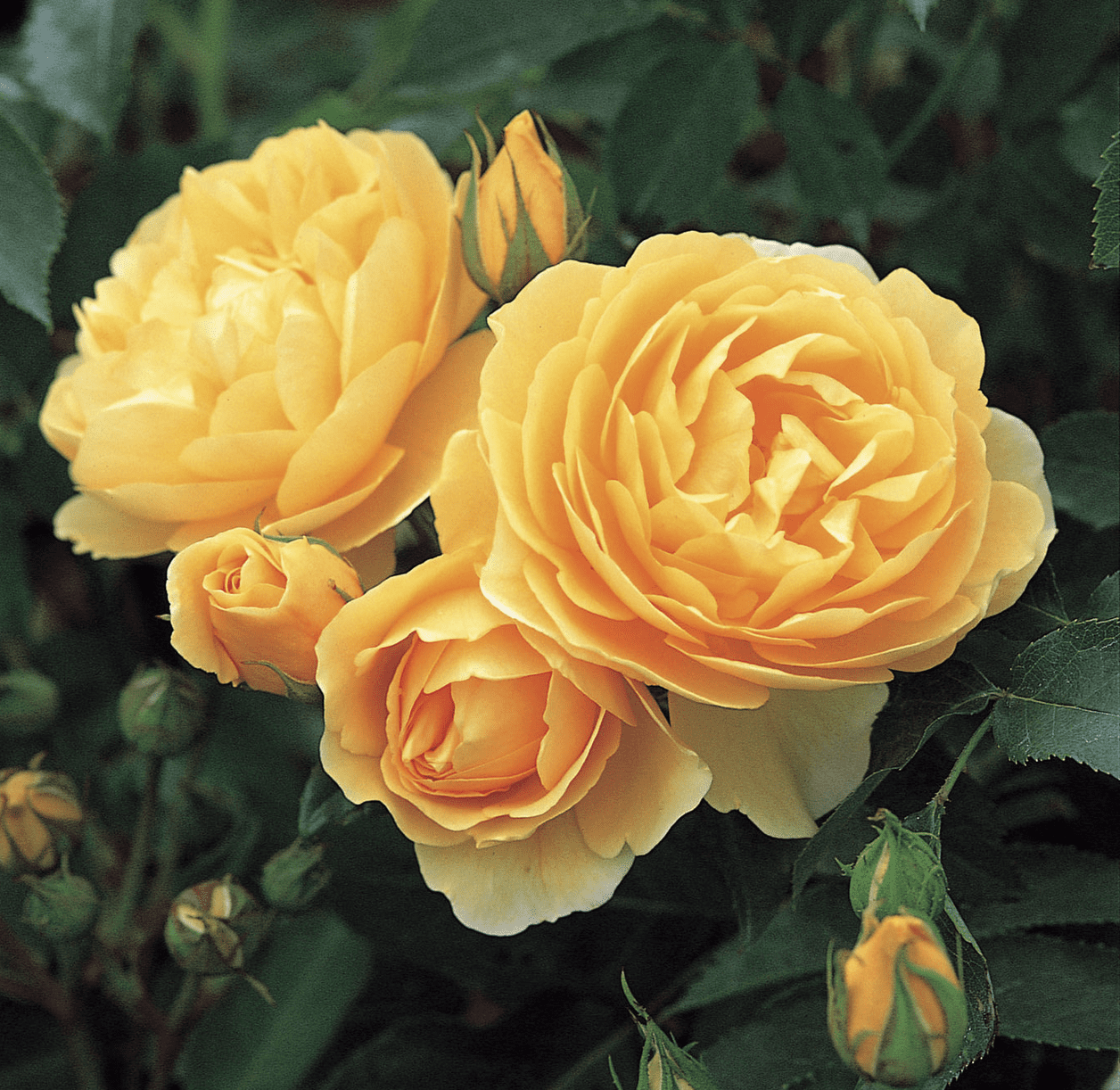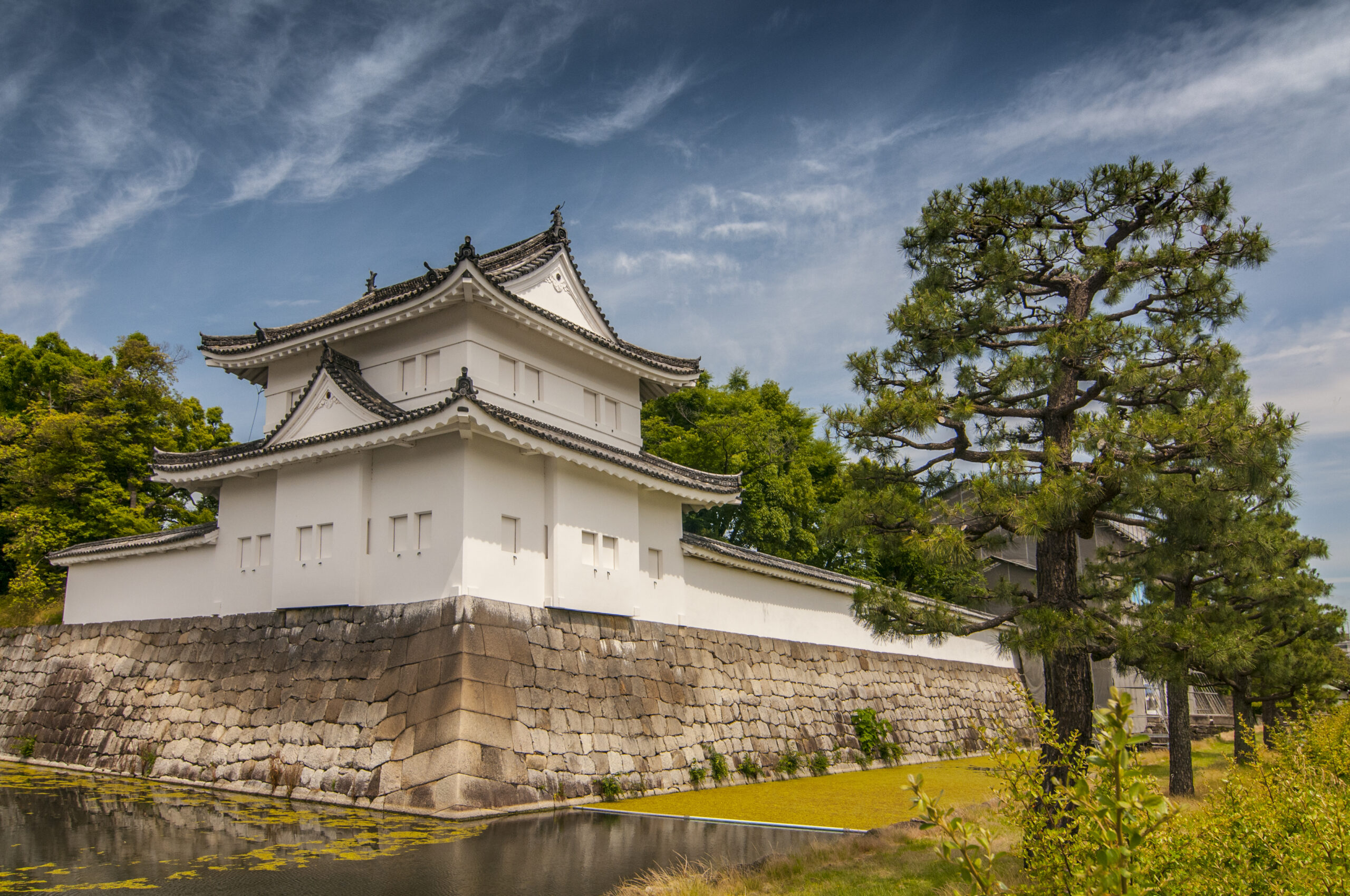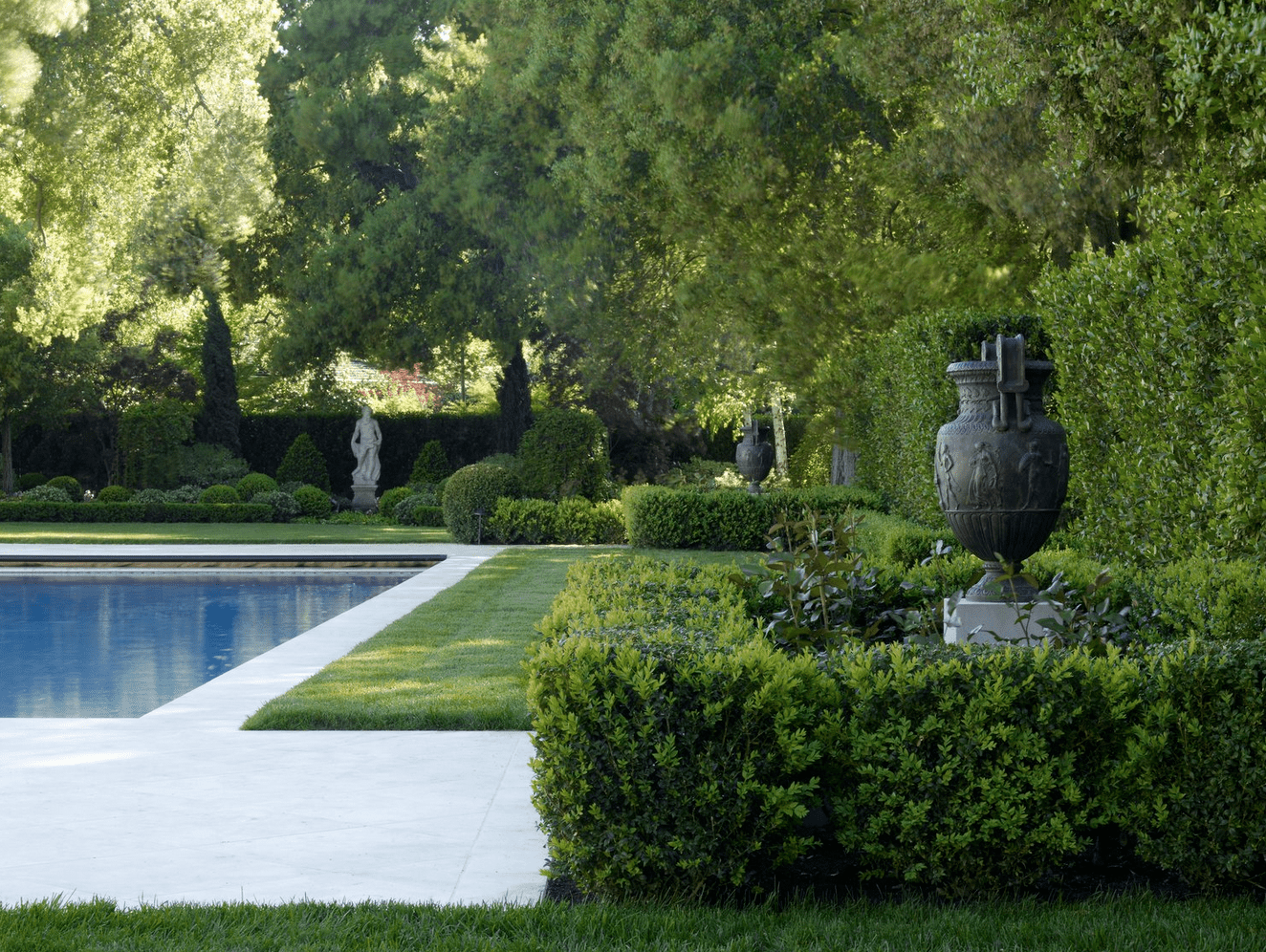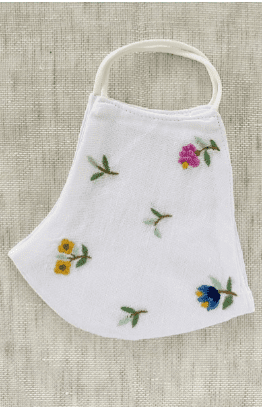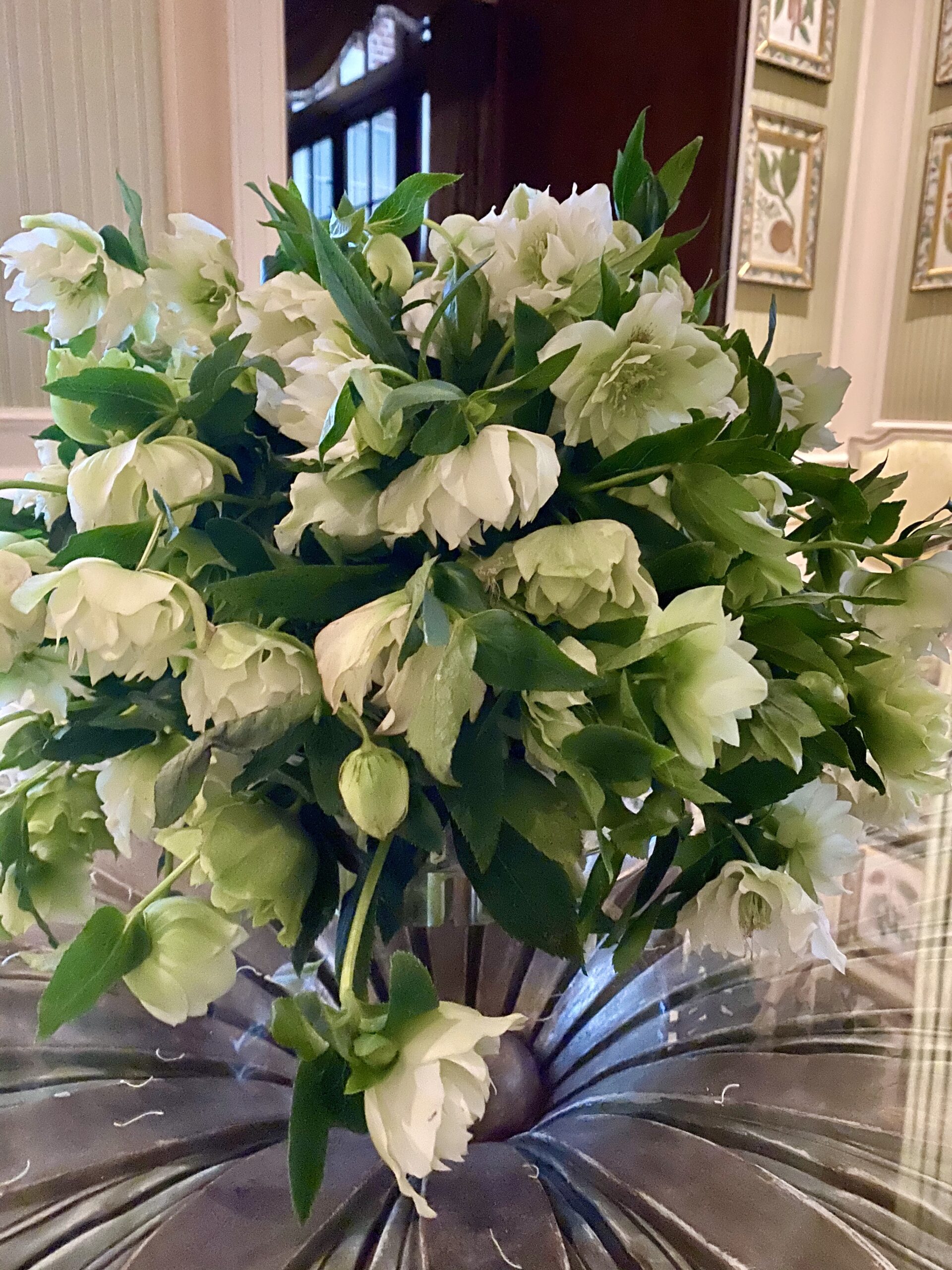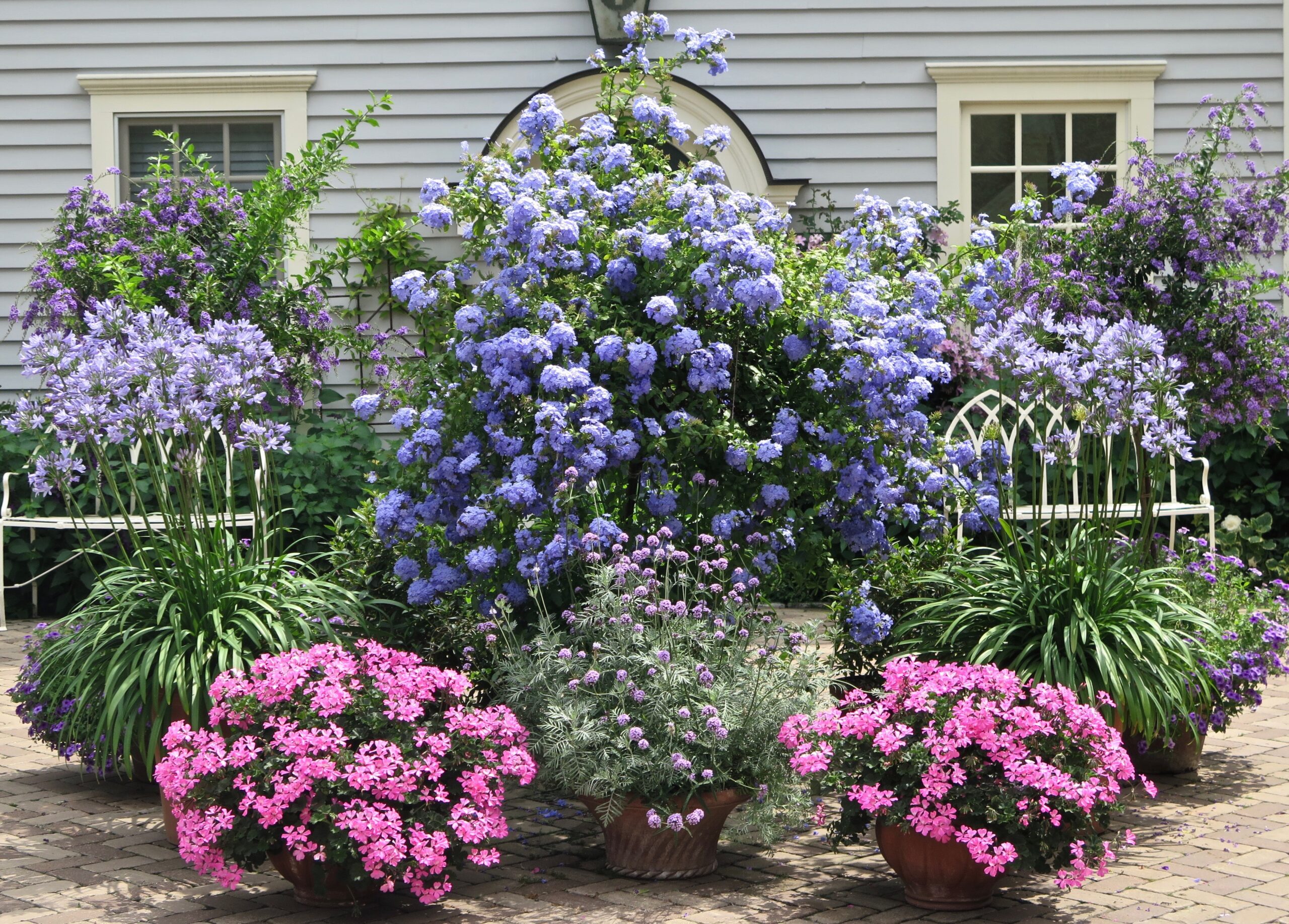I ran across David Austin’s obituary in the New York Times this morning and wanted to make sure you caught it. It’s a wonderful write up about a wonderful man.
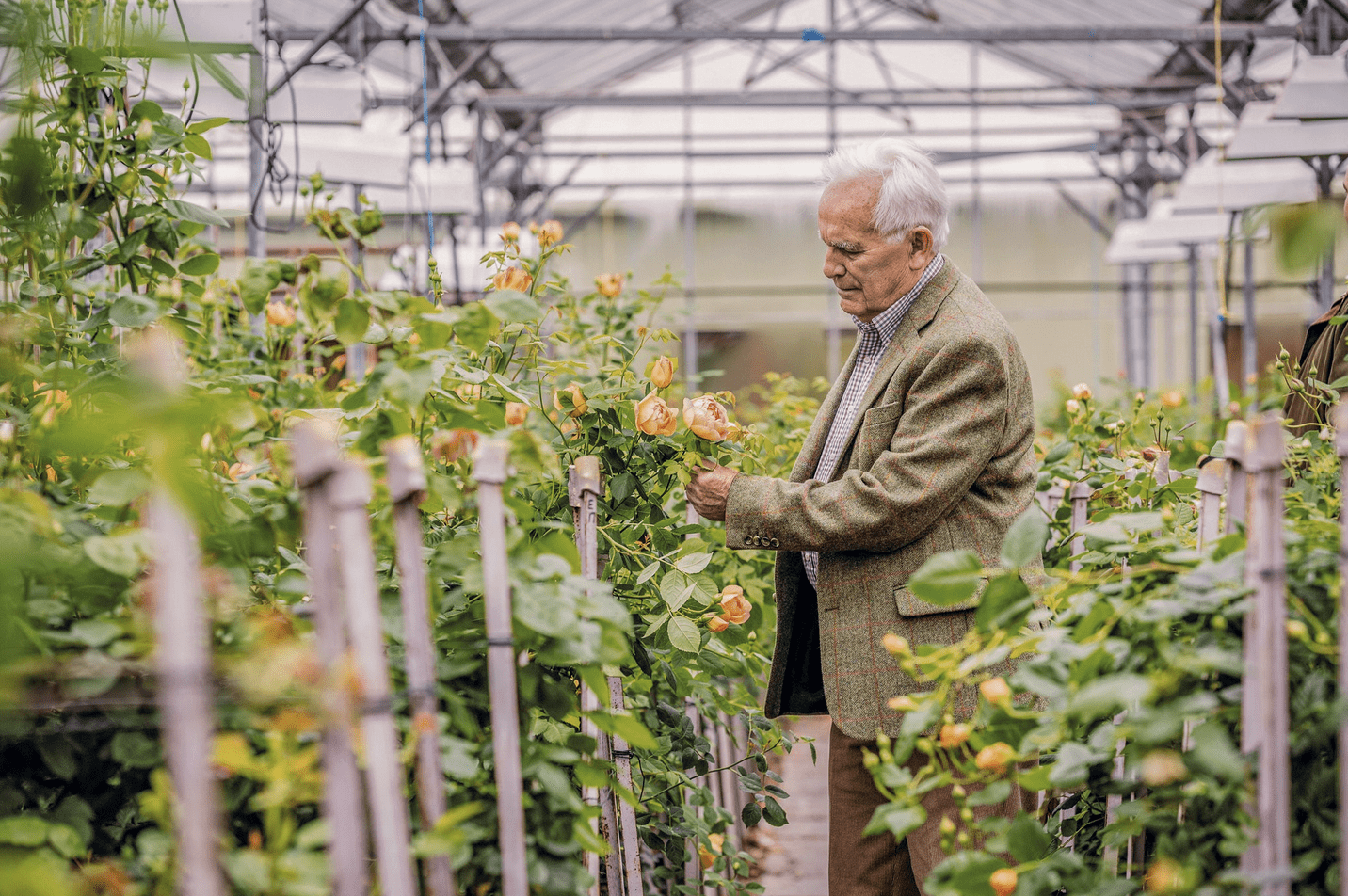

By Richard Sandomir, December 28, 2019
David Austin, a self-taught horticulturist who upended the rose market by creating more than 200 hybrids that were distinguished by their broad color range, ambrosial fragrances and multiple annual blooms, died on Dec. 18 at his home in Albrighton, in Shropshire County, England. He was 92.
His company, David Austin Roses, announced the death but did not specify the cause.
Mr. Austin spent six decades obsessively pursuing his ideal of what a rose could be by developing varieties that combined the fragrances of the so-called old roses that he adored — but that had largely disappeared from modern gardens — with the rich palette and repeat flowerings of the stiff and lightly scented hybrid teas and floribundas that had long become dominant in nurseries, flower shops and home vases.
Mr. Austin later recalled that he had to ignore doubters who insisted that nobody would grow his old-but-new roses.
“I was never that influenced by what other people said or thought,” he told Gardens Illustrated magazine in 2002. “I’m slightly dyslexic, and I think I make connections that other people don’t.”
He would become one of the world’s leading rose breeders. His English Roses — there are 230 varieties to date — are considered the benchmark for modern roses. His company’s seedlings and flowers are sold around the world. His roses have brought him 24 gold medals at the prestigious Chelsea Flower Show in London and the Order of the British Empire in 2007 for services to horticulture.
“Few spectacles provide more pleasure than a vase of his roses newly cut and still sparkling with dew in the morning, and few bridal bouquets are complete without a David Austin creation,” Stefan Buczacki, a horticulturist and former host of a British gardening show, wrote in The Daily Mail after Mr. Austin’s death.
From its base in Albrighton, David Austin Roses sells English Roses in 30 countries through mail order and retail, and to florists.
With whimsy and an appreciation of literature and history, Mr. Austin gave memorable names to his roses: Charles Darwin (with yellow cupped blooms), James Galway (a climber with dense pink rosettes), Dame Judi Dench (orange blooms with ruffled petals) and Roald Dahl (whose orange-red buds open up to peach rosettes).
“He used to say that the easiest way to kill a rose was to give it a bad name,” Michael Marriott, the senior rosarian at David Austin Roses, said in a telephone interview.
David Charles Henshaw Austin was born on Feb. 16, 1926, in Albrighton. His parents, Charles and Lilian (the namesakes of two of their son’s roses), bred cattle and grew wheat, barley and potatoes on their farm. From childhood, David planted vegetables and ornamental flowers there. But it was a book he received on his 21st birthday, “Old Garden Roses” (1936) by A. E. Bunyard, that narrowed his focus.
A rose without a fragrance, he would say, was only half a rose. He knew, through his nose, that old roses like albas, gallicas and damasks had appealing, heady aromas that he wanted to perpetuate by crossing them with hybrid teas.
While he was not enamored of the category, he recognized that the hybrid teas’ best attributes would alter the future of old roses.
At first, while he was farming, Mr. Austin began the process of creating hybrids. By 1961 he had developed his first, the Constance Spry (named for a British writer and society floral designer), a pink climbing rose with a myrrh scent.
But because it only bloomed once a year, it was not a total success.
“I was still an amateur with very little thought of becoming a professional nurseryman,” he said in the Gardens Illustrated interview.
He finally gave up farming to start his own full-time business in 1969. But recognition of his English Roses was slow, because consumers and wholesalers were still fixated on hybrid teas.
His fortunes changed significantly in 1983 when he introduced three English Rose varieties, including a yellow climbing rose with a fresh tea fragrance (which he named for the horticulturist Graham Thomas, a friend). They were lauded by the press, and the attention transformed his business. His English Roses had finally arrived.
“He lived and breathed them all the time,” said Mr. Marriott, who began working with Mr. Austin in 1985. “He had little time for other things and was not a particularly social man. He was quite shy and very happy to dedicate his life to roses.
“He’d carry around a little book, forever making notes in his barely decipherable handwriting. He had a very inquiring mind but it was mostly about roses.”
Mr. Austin wrote several books, including “The Heritage of the Rose” (1988), “The English Roses” (1993) and “The Breathing Earth” (2014), a volume of poetry about the natural world.
He is survived by his sons, David, managing director of his father’s company, and James; a daughter, Claire Austin; a sister, Barbara Stockitt; and eight grandchildren. His wife, Patricia (Braithwaite) Austin, a sculptor, died in 2007.
Mr. Austin’s optimism suffused his painstaking effort to bring new roses to life, a process that requires nine years from pollination to market.
“There are so many leads — many of them blind alleys,” he told Gardens Illustrated. “You need great patience and the skill to recognize what is really outstanding. Every time I make a cross, I think there is always something more beautiful to come.”

